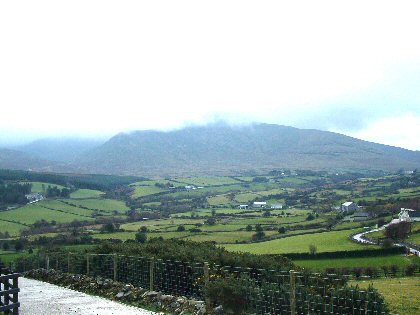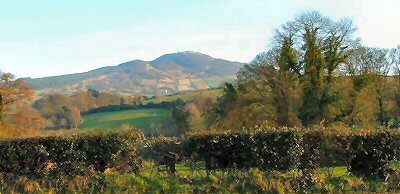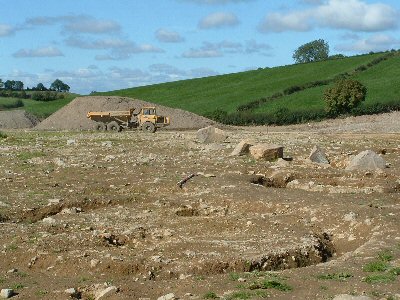The research and writing of ‘Frontier Town : An illustrated History of Newry’ was undertaken by Tony Canavan when he was curator of Newry Museum over a decade ago. Though Canavan is a famous name in Newry, Tony is from Belfast. He returns here shortly to give a lecture in the Carlingford Lough series. I’ll be there.
I am an ardent fan of this wonderful history. It is excellently researched and reads like a racy narrative. We are very lucky to have such a tome at our disposal – that is, those of us who purchased early and have looked after our copy. I say this because Blackstaff [ISBN 0-85640-430-6] unfortunately bound this paperback volume with a brittle gum than deteriorates with time, and most copies are by now, literally in bits!
I seldom hear reference made to Canavan’s work locally – in Newry History Society, for example – and wonder if begrudgery has again raised its ugly head. Certainly any localised research must begin here. His Preface succinctly expresses the role of the town in Irish history. Personally I still prefer Frontier Town to Newry City, the former conjuring thoughts of our pivotal role so often in the past: the latter a sop – from QE2 – to aspiring ‘spinners’.
Those of us who lived through much of the twentieth century may take exception to parts of his final chapters, though it is always most difficult to assess living history. He wrongly identifies Irish Labour [I was a member and attended Annual Conferences in Liberty Hall, Dublin] on Newry Council with Northern Ireland Labour Party and casts the principled rump led by Tommy McGrath as ‘dissidents’ when they were faithful to party policies, whereas Pat McMahon – whom he extols – went on to unfairly allocate homes on the basis of ‘I want my bite of the cherry!’
He dates the Great Hunger from 1844-1849 and alleges it had no effect on the town. Readers of Workhouse History on these pages will disagree! There are other anomalies but errors are few.
If you only ever read one book about Newry, make sure it is Canavan’s!


